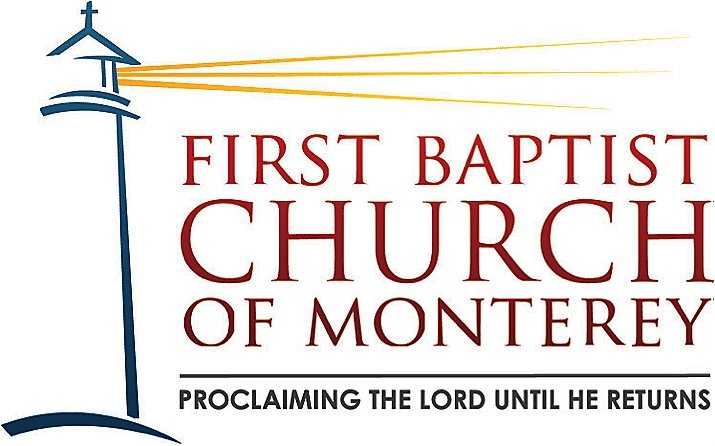John 6: Jesus Preaches the Gospel to an antagonistic crowd.
What form of apologetics did he employ?
John 6 is a potent passage of John. In verses 22 through 59 it records a conversation between Jesus and a group of people who had eaten the miracle food he provided beside the sea. The problem is, they were seeking him just because they liked what he did for them. They really wanted more short-term miracles. They were interested in the creation and not the creator himself.
What is uncomfortable is that through perhaps five cycles of this recorded conversation they never understand what Jesus is saying. They listen to him, misunderstand him, cynically respond to him and then he answers them again. This cycle happens five times. In each cycle the people get increasingly irritated at Jesus and Jesus gets increasingly more dogmatic. It is wonderful and remarkable that Jesus keeps preaching the same gospel to them even when they just don’t get it. Jesus’ method of presentation is to repeat his point over and over, each time making it more emphatic. In the third cycle (v.34 – v. 40) and also in the fourth cycle (v.41 – v. 51) Jesus explains to the growingly hostile group that they don’t believe what he is saying because they are not a part of the group of people that are given from the Father to the Son. In other words they are not of the chosen elect, so naturally they do not get what he is saying. In v. 44 Jesus boldly explains that no one can even come to him unless the Father draws the person to Jesus.
Now the group to whom Jesus is speaking are not getting this at all. They started out seeking him for the wrong reasons, now they are grumbling about his bold claims and they seem to be getting more upset with Jesus every time he opens his mouth. Yet Jesus does not soften his message at all, nor does he quit talking with them. He actually repeats himself more dramatically and vividly, without any true word of explanation.
See in verse 41 they were grumbling about him because he said he was the bread that had come down from heaven. They knew his parents, how can he say he came down from heaven? After telling them empathically that the ultimate cause of anyone believing in him is the direct personal work of God in them, Jesus then goes on to boldly repeat the glorious gospel. “Truly, truly, I say to you, whoever believes has eternal life. I am the bread of life. Your fathers ate the manna in the wilderness, and they died. This is the bread that comes down from heaven, so that one may eat of it and not die. I am the living bread that came down from heaven. If anyone eats of this bread, he will live forever. And the bread that I will give for the life of the world is my flesh.” (John 6:47–51 ESV)
Regardless of whether or not they are accepting the message, or even CAN accept the message, he proclaims the truth as he has opportunity. Why does he do this? It is an example to all of us. God uses our preaching to save some! “For since, in the wisdom of God, the world did not know God through wisdom, it pleased God through the folly of what we preach to save those who believe.” (1 Corinthians 1:21 ESV)
As we have opportunity, let us proclaim the good news. We may be tempted to change the message when it is rejected, but let us follow the example of Jesus. When rejected, proclaim it again. When mocked proclaim it more precisely. When the audience is rejecting the gospel we know that it is because of the sovereign choice of God, and we ought to proclaim it again!

A BRIEF HISTORY OF OUR CHURCH:
First Baptist Church of Monterey was founded by a small group of Christians who were hungry to have their own local church. In the past they had traveled to Salinas to attend a church that fit their convictions, but this grew taxing on their time and resources, and so they began to meet together for prayer right here in their own city! The group began to grow, and by April of 1910, a young lady named Bessie McKim decided to organize a Sunday School to care for and teach the young children of those who attended the prayer meetings. God continued to bless the group and more and more members were added to their numbers. With that in mind the group decided to take the next logical step: They held their first service! That was ….